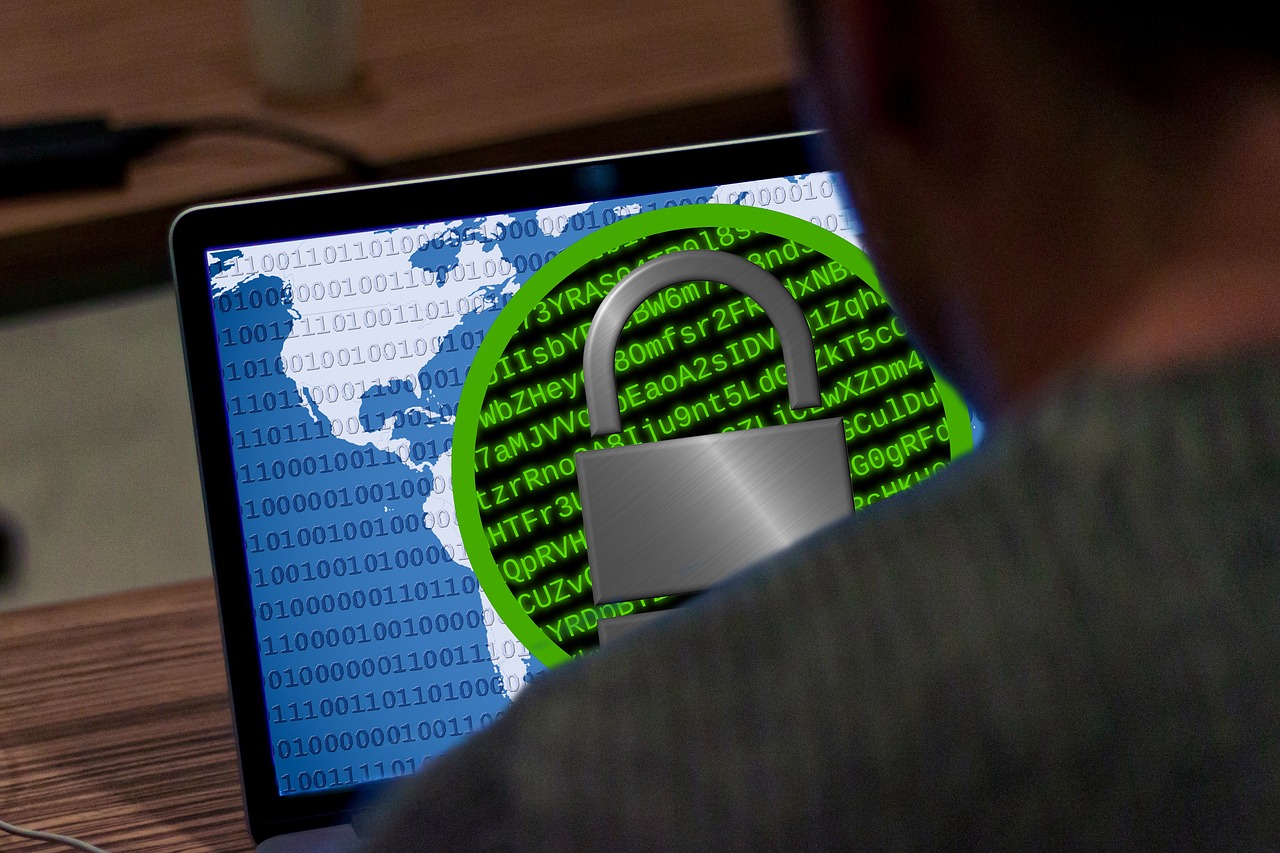Can you believe ransom attacks happen every 17 seconds!
Definition of ransomware is malware that holds a person’s or company’s data hostage until they pay a ransom to gain access to it.
You can become infected in all the usual ways:
-
A malicious link in an email message
-
Infected websites
-
Fake apps
-
Malicious ads, or Malvertising
A prime example of how a ransomware attack can affect your organization is looking at what happened to Kaseya. They’re a software vendor that experienced one of the largest ransom attacks in history and affected thousands of businesses worldwide. REvil, the hacker group behind the attack has demanded $70 million in ransom, and Managed Service providers scrambled to keep clients online.

Data protection is a necessity, not an option.
How can you protect your data?
Backups
We can’t stress the importance of backups enough. Data recovery is not possible without backups. Moreover, doing regular testing on these backups ensures that they are working perfectly. Investing in a good backup solution is always better than being a victim of a ransom attack.
Detection and Response
Use an alerting system that can monitor for anomalies within your network to catch them before they become a problem. This will allow your IT team to react fast to prevent a cyber incident.
Access Management
Implement two-factor authentication, restrict access to important information, and have strong password policies within your organization.
Employee Awareness
When properly trained, your employees can become an excellent extension of your monitoring and alerting system. Ensure that your employees know how to recognize a phishing scam, make it easy for them to notify your IT team when they see a possible threat, and regularly test their cybersecurity knowledge.
Source: 4 Ways to Protect Data Against Ransomware Attacks – HostedBizz

